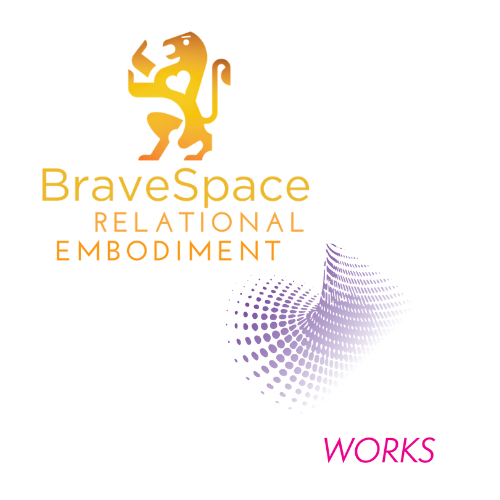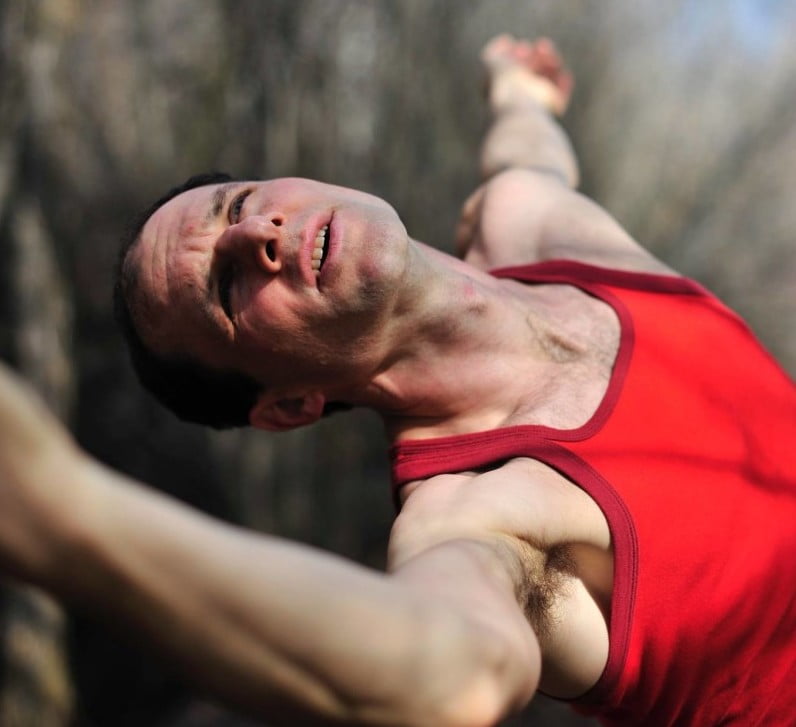A few days ago I went to The Springs in Idaho City. I spent two hours dancing in the warm pool. I have a history with dancing in public places: Over the past few years I have engaged with a form I call Guerrilla Dance Practice. In GDP I collapse the distinctions I learned as a professional dancer between practice and performance. I’m acutely aware that public dancing is not ‘normal’ in our culture. Guerrilla Dance Practice has been about normalizing dance in my own worldly experience, and sharing my experience with others. It is now relatively normal for me to dance in public, and I like people to know this about me. At The Springs I found the next step in my journey as a dancer, choreographer, and teacher of movement and dance: I intend to seek pleasure in my movement, and to support it in those who witness me.
I’ve long claimed the importance of sensation. The name I give my artistic work is BodySensate Contemporary Dance. Yet, I fully recognized a really old pattern in myself while dancing in the water: When I’m dancing in the presence of other people I am reluctant to truly enjoy sensations of pleasure in my body. Underneath my surface claims, it seems I’m ashamed of my ultimately hedonistic value system. It’s not that I believe pleasure should dominate all experience and motivations, but that a truly attuned ability to experience pleasure in movement is a key source of peace and goodness in the world. If we can collectively learn to find more pleasure in our movements—from dancing to the mundane—then we can likely release the need to be constantly entertained by overconsumption, addiction, interpersonal abuse patterns, and perhaps even Netflix. Movement can be generative meditation that connects us to ourselves, each other, and our world. Like other generative processes we humans engage in, its not only possible for moving to feel good, it’s also an act of generosity to share the experience of that pleasure!
In honor of this intention, I’m offering a Pleasure in Movement workshop this Saturday, Jan 30th at 11:00am. We’ll explore methods for finding pleasure in our movements, whether through the grandiosity of dance, or the subtlety of rolling over. This workshop is for humans, whether professional dancers or people who take baths. (If you never bathe in any form it’d actually be better if you didn’t attend, thanks). My studio is small, so participation is limited to 6 people. Cost is $15. Online signup is essential through THIS LINK or just by going to www.matthewnelsonmovement.com and scrolling down. Call me at (208)985-0331 if the online stuff doesn’t work for you! Also let me know if you would like me to offer this workshop at/on a different day/time. I could offer it twice. It’d be a pleasure.
Workshops will replace my ongoing classes for now—I’ll be trying new things every week as I learn what is alive for all of us. Of course private movement and bodywork sessions are always available, both through the online scheduling portal at www.matthewnelsonmovement.com and by calling me at (208)985-0331. I do offer free open studio hours where anything can happen. That’s also on the online calendar. Next week I’ve got Tuesday at 2:30pm. Also sometimes available by request!

